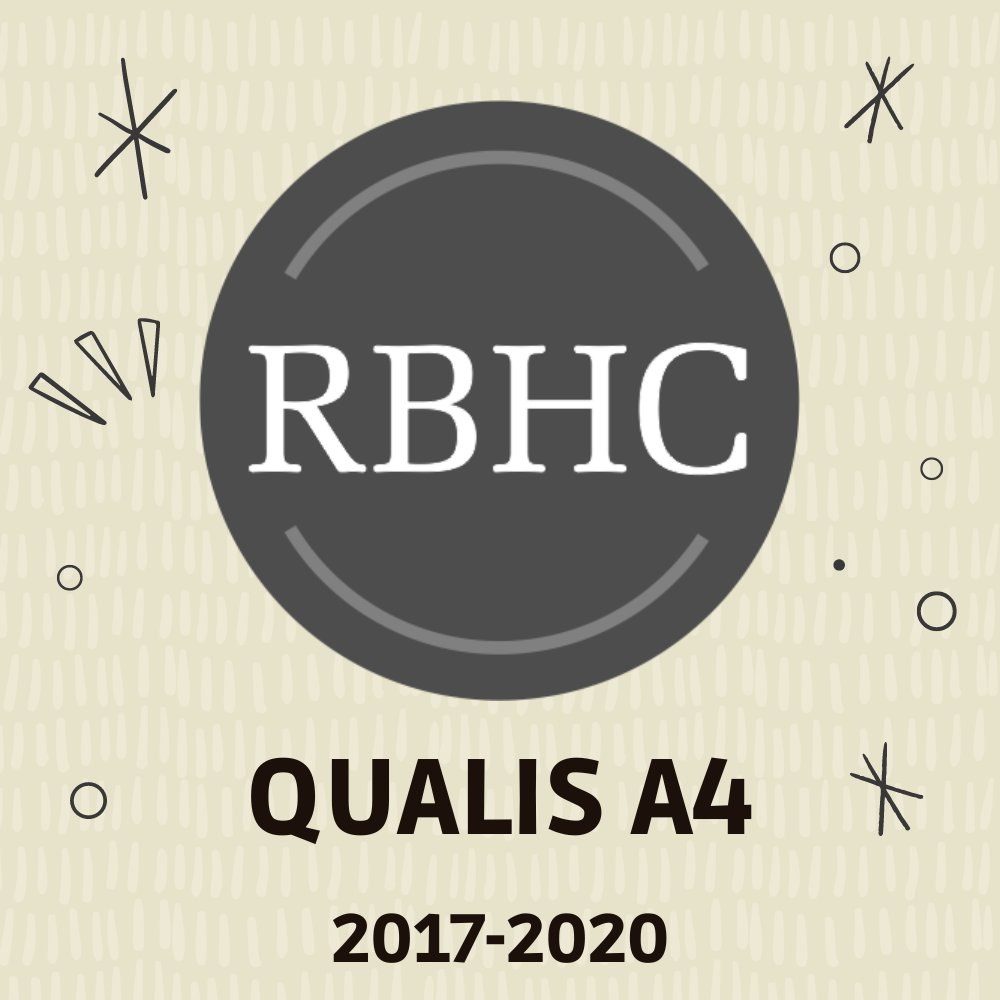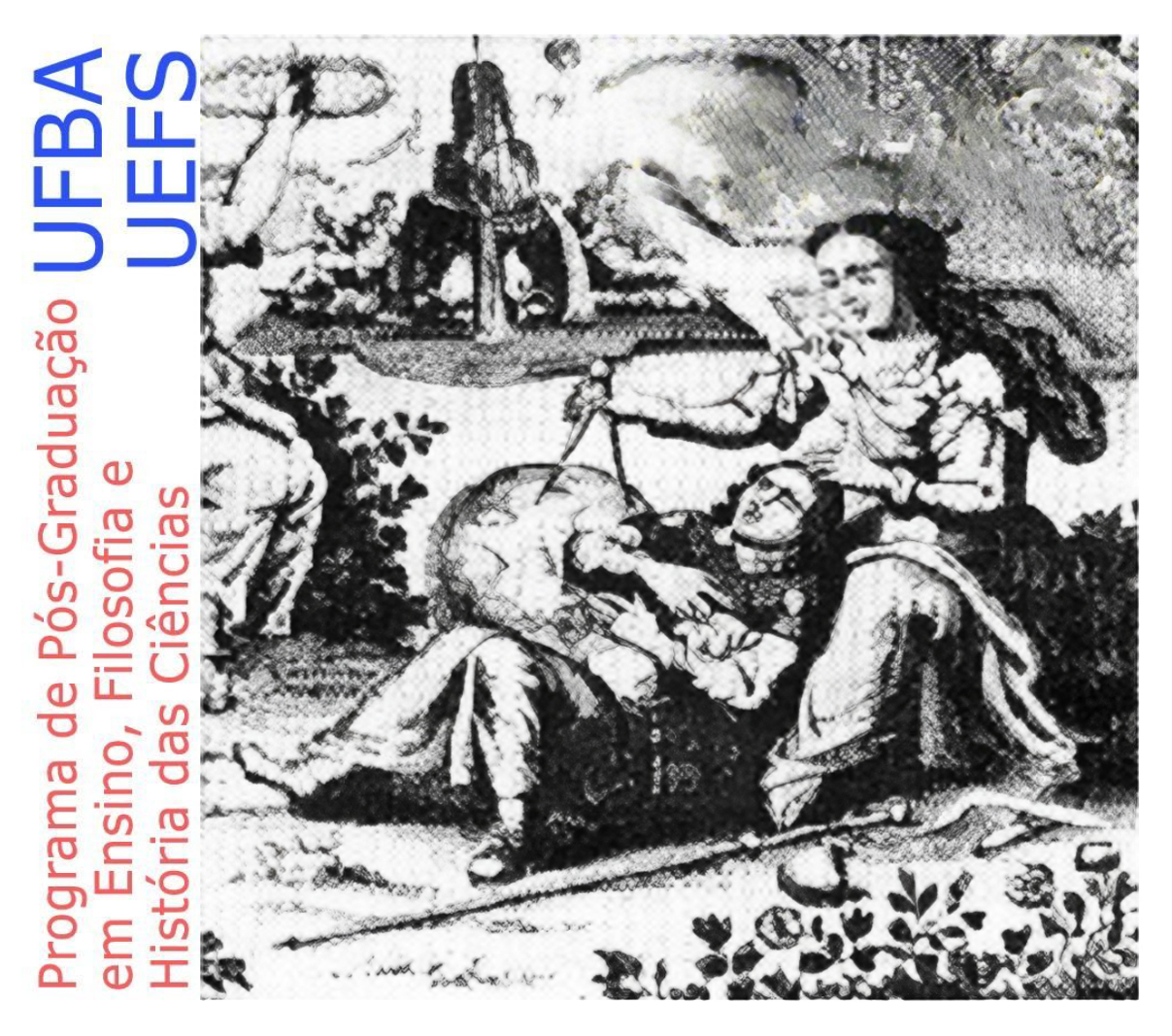The Copernican episode revisited through the scientific practices and the usage of Tusi’s Device
DOI:
https://doi.org/10.53727/rbhc.v14i1.469Keywords:
history of science, Copernicus, Arabic scienceAbstract
The paper revisits the Copernican episode from the perspective of scientific practices. This perspective allows the emergence of other social factors and characters that also influence the production of scientific knowledge. The most evident practices revealed by the research were the practices of translation, formation of study groups and networks of knowledge production. The mathematical device known as Tusi’s Pair will be highlighted, which is directly related to the interpretation of the unification of circular and rectilinear movements defended by Copernicus. This device bears the mark of Arab astronomy and thenceforth it is possible to point out the existence and importance of Arab authors as a movement to defend science as a cultural element that is produced in the encounter of cultures. Understanding this encounter involves analyzing the context of the University of Padua and the relationship between scientific production and the civilizing process at the time, concerning migration and economic interests, the practices of translation and the cultural incorporation of knowledge.
Downloads
References
Ver no arquivo.
Downloads
Published
Issue
Section
License
Copyright (c) 2021 Emanuel Cardoso, Marcília Barcellos , Andreia Guerra

This work is licensed under a Creative Commons Attribution-NonCommercial-NoDerivatives 4.0 International License.



















